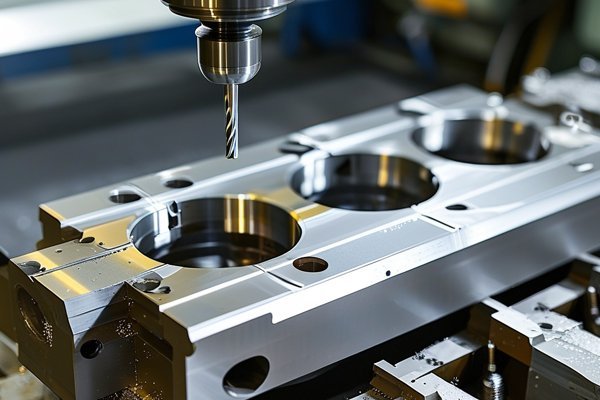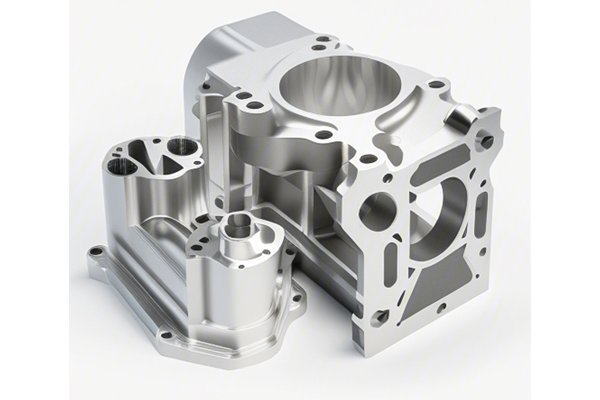Did you know that the right selection of cutting fluid can enhance the machining process by improving tool life, product quality, and even environmental sustainability? In the world of CNC (Computer Numerical Control) machining, cutting fluids play a pivotal role in maximizing efficiency and ensuring precision. Understanding how to select the appropriate cutting fluid can be the difference between a flawlessly machined component and one that falls short of quality standards.
The Role of Cutting Fluids in CNC Machining
Cutting fluids are essential for various machining operations. They serve several critical functions, including:
Selecting the Right Cutting Fluid
Choosing the right cutting fluid can be complex, as various factors come into play:
Different materials require specific types of cutting fluids. For instance, ferrous materials might benefit from oil-based fluids, while non-ferrous materials like aluminum often require water-soluble options. Understanding the compatibility between your cutting fluid and workpiece material is vital to avoid adverse reactions that can affect quality.
The choice of cutting fluid should align with the machining parameters—speed, feed rate, and depth of cut. Higher speeds and feeds generally require more effective cooling and lubrication solutions.
With the growing emphasis on sustainability, several manufacturers are turning to eco-friendly cutting fluids. These fluids minimize harm to the environment while still providing essential cooling and lubrication characteristics.
Cutting fluids come in various forms:
Cutting fluids often contain additives to enhance their properties. These can include:

Cost considerations also matter. Selecting a cutting fluid should strike a balance between cost and performance. Lower-priced options might not always be effective, leading to increased costs in terms of tool wear and poor product quality.
Always consider the safety profile of the cutting fluid. Fluids with lower toxicity and irritant properties are preferable, especially if the CNC machining operation occurs in confined spaces where fumes can accumulate.
Compliance with local, state, or federal regulations regarding cutting fluid use is a paramount consideration. Many regions have strict guidelines on the disposal and use of certain chemicals, so ensuring your cutting fluid adheres to these regulations is critical.
Best Practices for Cutting Fluid Use in CNC Machining
To maximize the efficiency of cutting fluids and the overall CNC machining process, consider the following best practices:
Ensure regular checks of cutting fluid concentration and quality. Fluid degradation can compromise performance; hence periodic monitoring is key.
Utilize misting or high-pressure application systems to ensure optimal fluid coverage during machining operations. Proper application can enhance effectiveness and tool life.
Establish a waste management strategy. It’s essential to properly dispose of or recycle used cutting fluids according to environmental regulations.
Train operators on the significance of cutting fluid selection and its impact on quality. Informed operators can make better decisions in their machining processes, thereby improving outcomes.
Create a feedback loop to assess the effectiveness of the selected cutting fluids continually. This allows for modifications to be made based on observed performance, resulting in ongoing process improvements.
The selection of cutting fluids in CNC machining is a crucial component that directly affects machining quality, tool life, and operational efficiency. By understanding material compatibility, machining parameters, environmental impacts, and best practices for fluid application, manufacturers can achieve consistently high-quality outcomes.
Ultimately, choosing the right cutting fluid is not merely a matter of preference but is essential for optimizing CNC machining operations. As the industry continues to evolve and focus on sustainability, revisiting cutting fluid choices becomes all the more vital. By remaining informed and adaptable, businesses can harness the advantages of modern cutting fluids while ensuring quality and competitiveness in their machining practices.
For CNC manufacturers, the importance of cutting fluids goes beyond simple lubrication and cooling; it’s a comprehensive approach to achieving excellence in every aspect of the machining process. By implementing the strategies and considerations outlined in this blog, you can make informed decisions that enhance your CNC operations and contribute to your business’s success. Remember, the right cutting fluid today not only improves production quality but also sets the foundation for future advancements in machining technology.






